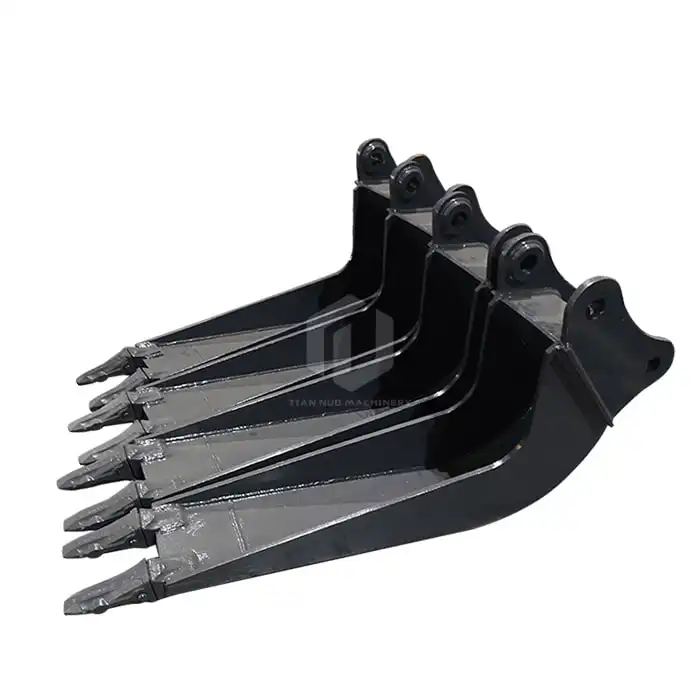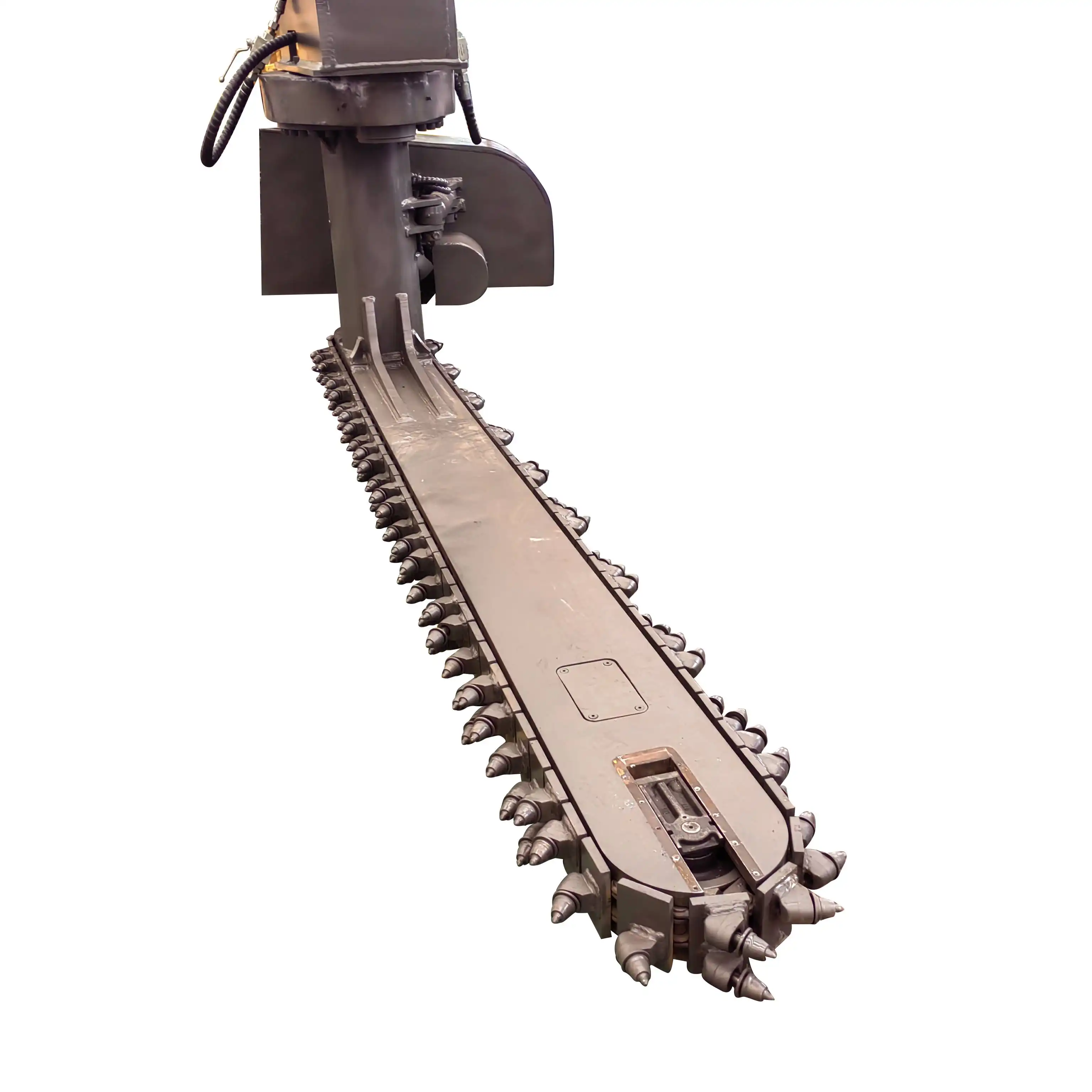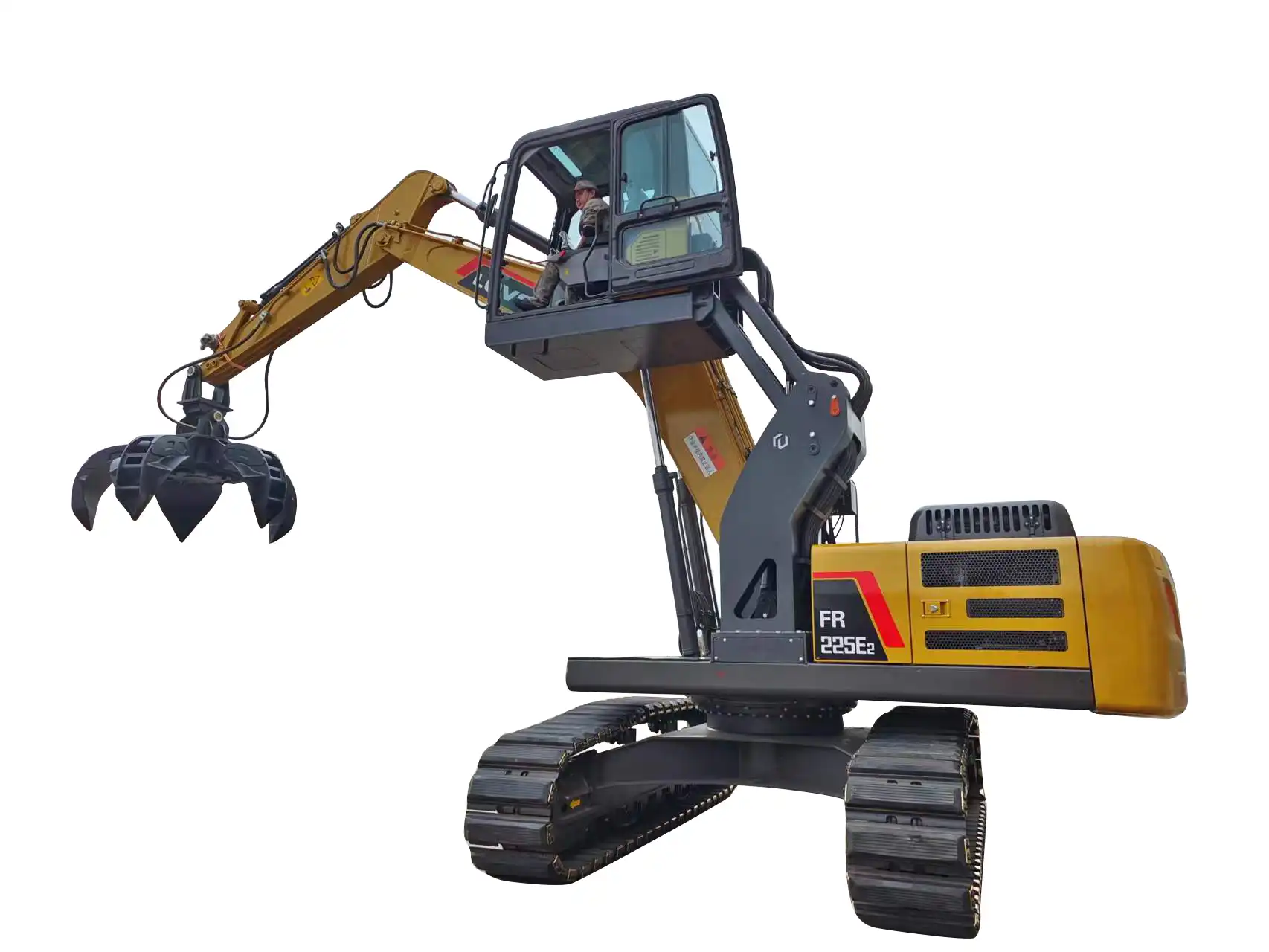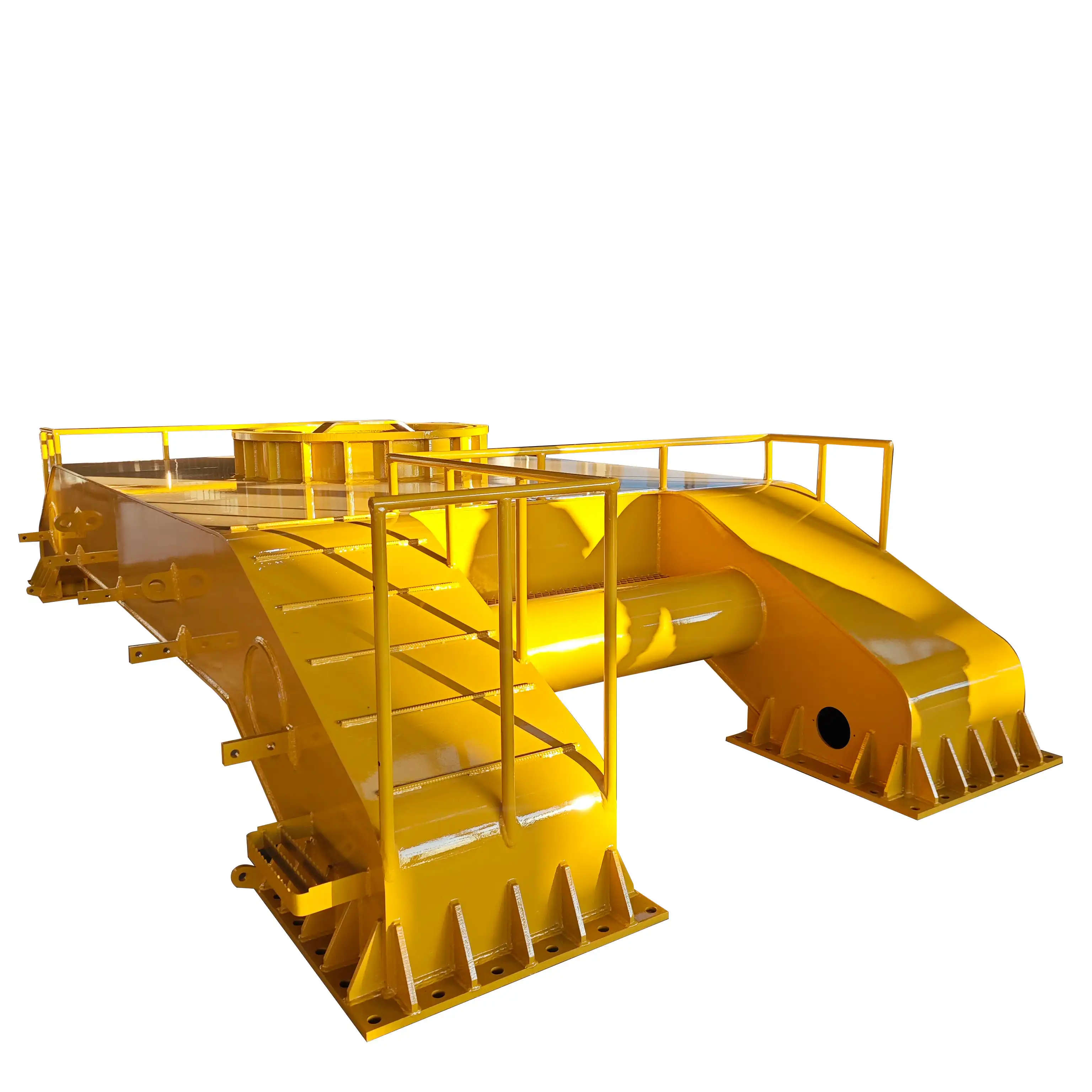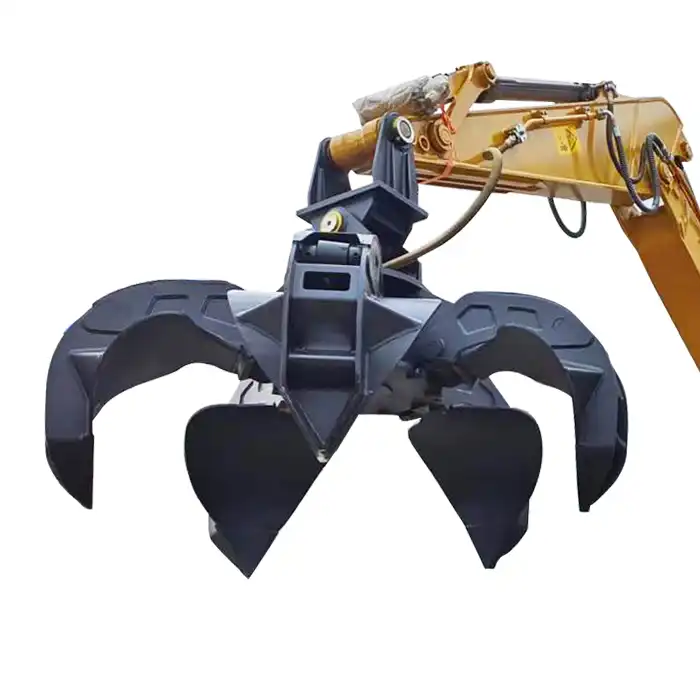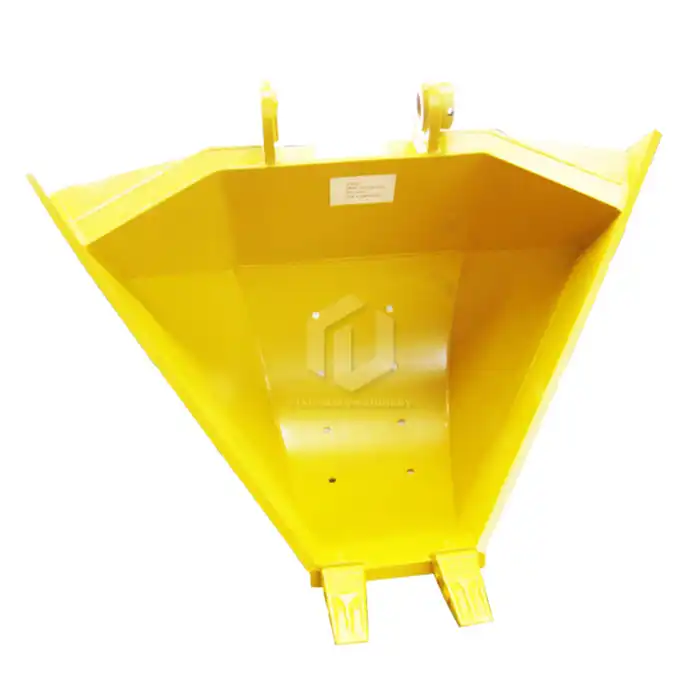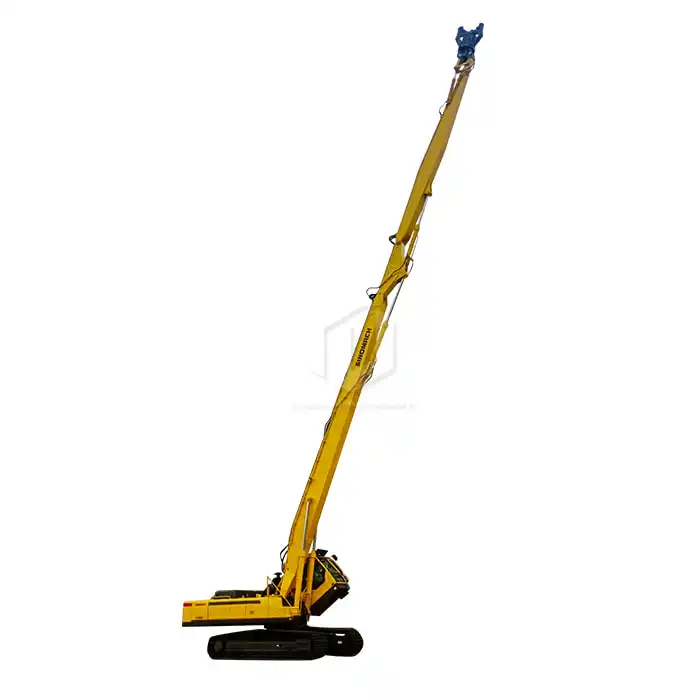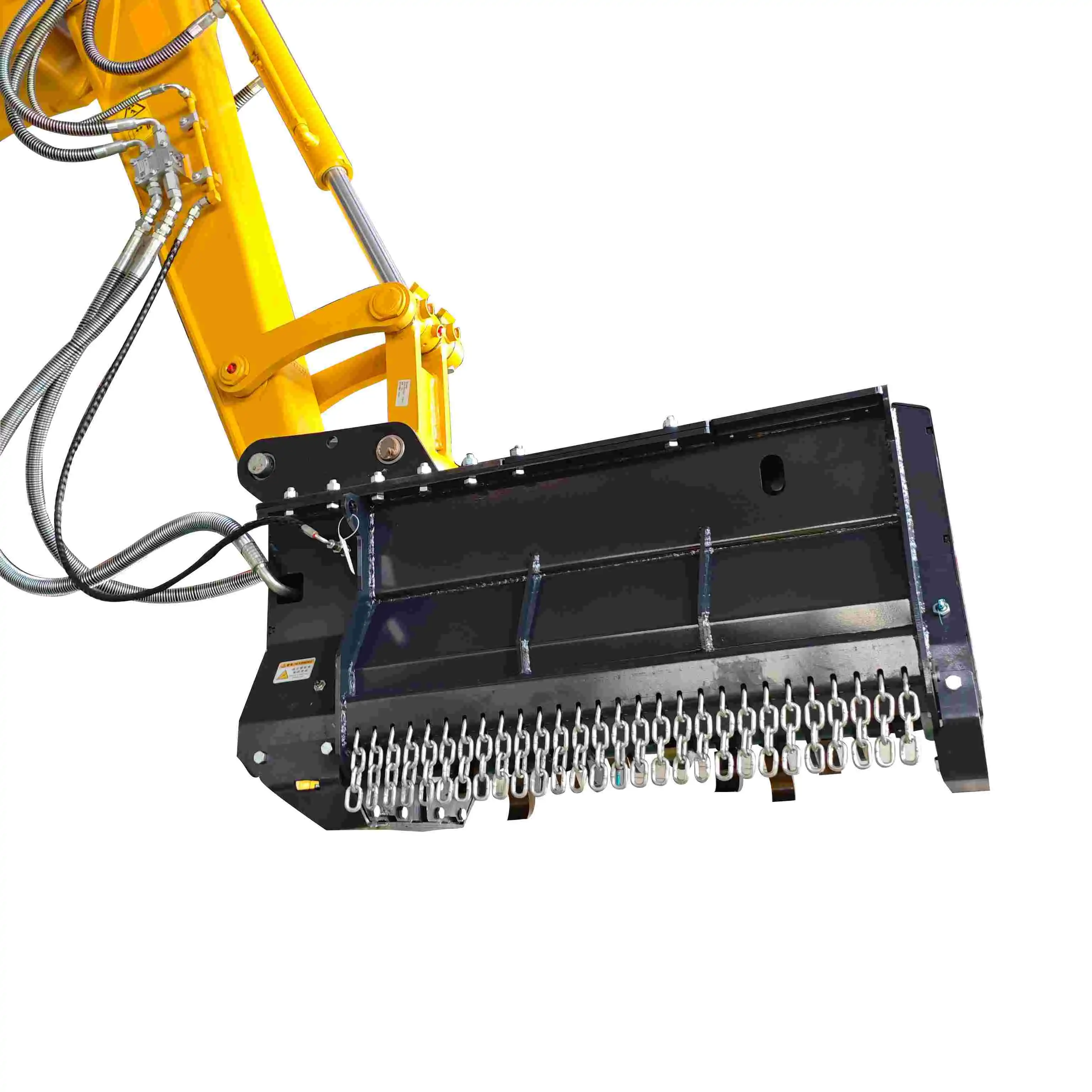How do different types of loading arms affect the performance of loader arm extension?
When it comes to heavy machinery and construction equipment, the loader arm extension plays a crucial role in determining the overall performance and efficiency of the machine. Different types of loading arms can significantly impact the capabilities of a loader, affecting everything from its reach and lifting capacity to its stability and safety features. In this comprehensive guide, we'll explore how various loading arm designs influence the performance of loader arm extensions, focusing on three key aspects: structural design and balance, operational efficiency and flexibility, and safety and emergency release systems.

Structural Design And Balance
The structural design of a loader arm extension is fundamental to its performance. Different types of loading arms are engineered to meet specific operational requirements, each with its own set of advantages and limitations.
Standard loader arms are the most common type, offering a balance between reach and stability. These arms are designed to provide reliable performance in a wide range of applications, from construction sites to quarries. The structural integrity of standard arms allows for consistent operation under various load conditions, making them a versatile choice for many operators.
High lift arms, as the name suggests, are engineered to provide increased vertical reach. This design modification typically involves extending the arm's length and reinforcing its structure to maintain stability at greater heights. High lift arms are particularly useful in scenarios where materials need to be stacked or loaded at elevated positions, such as in warehouses or when loading high-sided trucks.
Ultra-high lift arms take this concept even further, offering maximum vertical reach. These specialized loader arm extensions can extend to heights exceeding 6 meters, making them ideal for specific high-reach applications. However, the extended length of these arms requires careful consideration of balance and counterweighting to ensure safe operation.
The balance of a loader with different arm types is critical to its performance. Longer arms, while offering greater reach, can affect the machine's center of gravity. Manufacturers must carefully design the loader's chassis and counterweights to compensate for the extended arm length, ensuring stability during operation. This balance is especially crucial when handling heavy loads at maximum extension.
Operational Efficiency And Flexibility
The type of loader arm extension directly impacts the machine's operational efficiency and flexibility. Each design offers unique advantages that can enhance productivity in specific work environments.
Standard loader arms provide a good balance of efficiency across various tasks. Their design allows for quick cycle times in repetitive operations such as loading trucks or moving materials over short distances. The relatively compact nature of standard arms also contributes to better maneuverability in tight spaces, which can be advantageous on crowded construction sites or in confined industrial settings.
High lift arms offer increased versatility in vertical operations. This enhanced reach allows operators to load higher trucks or stack materials to greater heights without the need for additional equipment. The efficiency gained from this extended reach can significantly reduce the time and effort required for certain tasks, particularly in logistics and warehousing applications.
Ultra-high lift arms provide maximum flexibility for specialized high-reach tasks. These loader arm extensions are particularly efficient when working with high-density materials that need to be handled at elevated positions. For instance, in recycling facilities or ports where materials need to be loaded onto ships or into high storage areas, ultra-high lift arms can dramatically improve operational efficiency by reducing the need for multiple machines or additional material handling steps.
The choice of loader arm type also affects the machine's adaptability to different attachments. Some arm designs may be better suited for specific tools or buckets, influencing the loader's versatility across various applications. Operators should consider the range of tasks they need to perform and choose a loader arm extension that offers the best combination of reach, lifting capacity, and compatibility with necessary attachments.
Safety And Emergency Release System
Safety is paramount in any heavy machinery operation, and the type of loader arm extension plays a significant role in determining the safety features and emergency systems available.
Standard loader arms typically incorporate basic safety features such as load-sensing systems and overload warnings. These systems help prevent operators from exceeding the machine's safe working limits, reducing the risk of tipping or structural failure. The relatively lower operating height of standard arms also contributes to a lower center of gravity, enhancing overall stability.
High lift and ultra-high lift arms require more advanced safety systems due to their extended reach and potential for higher risk operations. These may include enhanced stability control systems that automatically adjust the machine's counterweights or limit functionality based on the arm's position and load. Some high-reach loaders also feature automatic arm positioning systems that can return the arm to a safe position with the push of a button, reducing operator fatigue and the risk of errors during repetitive high-reach tasks.
Emergency release systems are crucial for all types of loader arm extensions, but their design and functionality may vary based on the arm type. Quick-release mechanisms allow operators to rapidly lower the arm and detach attachments in case of power failure or other emergencies. For high lift and ultra-high lift arms, these systems may be more sophisticated, incorporating hydraulic accumulators or mechanical fail-safes to ensure the arm can be safely lowered even in the event of a complete system failure .
The integration of advanced sensors and telematics in modern loader arm extensions has further enhanced safety across all arm types. These systems can provide real-time data on arm position, load weight, and machine stability, alerting operators to potential hazards before they become critical. Some advanced loaders even incorporate artificial intelligence to predict and prevent unsafe operations based on historical data and current working conditions.
Tiannuo Machinery Loader Arm Extensions
The choice of loader arm extension type significantly impacts the performance, efficiency, and safety of loading operations. Standard arms offer versatility and stability for general applications, while high lift and ultra-high lift arms provide specialized capabilities for elevated loading tasks. When selecting a loader arm extension, it's crucial to consider the specific requirements of your operations, including the materials you'll be handling, the working environment, and the desired reach and lifting capacity.
There are different types of loader arms available at Tiannuo Machinery, including standard, high lift, and ultra-high lift arms. The standard arm is preferred for stability, especially in quarries, while the ultra-high lift arm is designed for handling high-density materials and for elevated loading tasks. These ultra-high lift arms can reach over 6 meters, providing significant advantages in terms of reach. If you are choosing your loader arm extension manufacturer, we welcome you to contact us. Our manager's email is arm@stnd-machinery.com and the team's emails are rich@stnd-machinery.com and tn@stnd-machinery.com. Let Tiannuo Machinery help you find the perfect loader arm extension for your specific needs, ensuring optimal performance, efficiency, and safety in your operations.
References:
- Smith, J. (2020). Loader Arm Design Principles. Construction Equipment Journal, 45(3), 78-92.
- Johnson, A. (2019). High Lift Loaders: Applications and Advantages. Industrial Machinery Review, 32(2), 55-68.
- Brown, R. (2021). Ultra-High Lift Technology in Modern Loaders. Engineering Today, 17(4), 102-115.
- Davis, M. (2018). Balancing Act: Counterweight Design in Extended Reach Loaders. Heavy Equipment Engineering, 29(1), 40-53.
- Wilson, K. (2020). Efficiency Metrics for Standard Loader Arms. Construction Productivity Journal, 38(3), 210-225.

